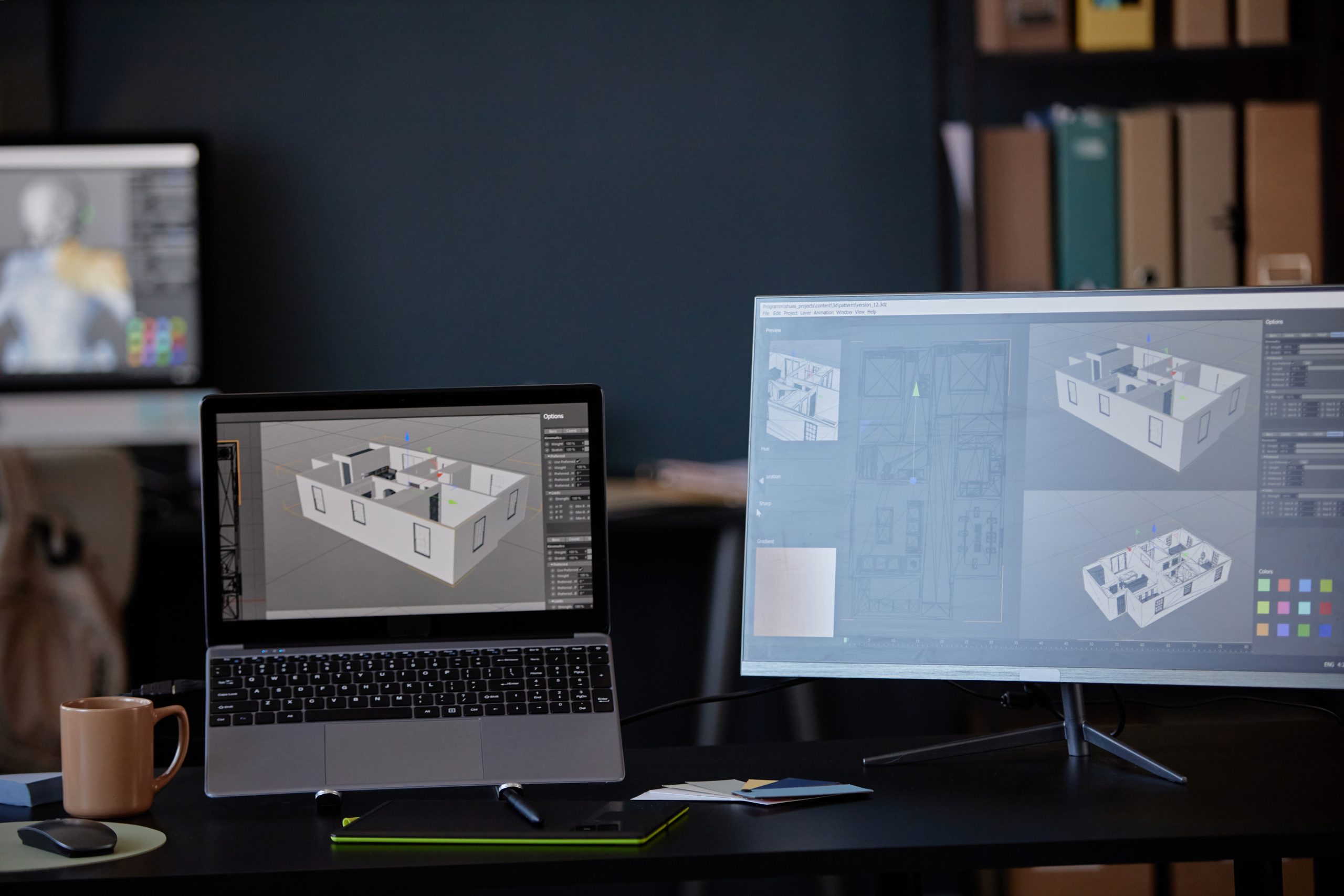
CAD (Computer-Aided Design) Types and Uses
Computer-Aided Design (CAD) has completely changed the way people design and develop things across all kinds of industries. Whether it’s putting together detailed mechanical parts, sketching out building plans, or creating 3D models for animation, CAD helps make the process faster, easier, and a lot more accurate. And as the technology keeps improving, so do the types of CAD software and their uses across different fields.
CAD Types Explained
The types of CAD can vary based on the specific needs of a designer or an industry. Each offers unique benefits and is suited to different kinds of projects:
2D CAD
2D CAD is the most basic form of computer-aided design. In 2D CAD, designs are created as flat representations of objects, typically made using lines, shapes, and text. This type of CAD is widely used in fields such as architecture, electrical engineering, and civil engineering, that require precise blueprints and technical drawings.
Although 3D modeling has become more popular in recent years, 2D CAD is still essential for many types of projects. For example, it’s perfect for creating simple schematics, layout plans, and detailed drawings. It’s also often the first step in the design process for industries that need clear, easily understandable documentation.
3D CAD
3D CAD takes design to the next level by enabling the creation of three-dimensional models. This type of CAD is used to create detailed, realistic representations of objects. It allows users to see how parts and components fit together in a virtual space, making it invaluable in industries like automotive, aerospace, and product design.
One of the key advantages of 3D CAD is that it allows designers to simulate how a product will function before creating a physical prototype. This can save considerable time and money, especially in industries where testing and prototyping are costly. 3D CAD software also enables designers to view and manipulate their models from any angle, giving them a clearer idea of how the final product will look and perform.
Parametric CAD
Parametric CAD goes a step further by allowing users to define parameters that drive the entire design. With this approach, you can create relationships between different parts of a design, where altering one element will automatically adjust the others based on pre-set rules.
For example, in mechanical engineering, parametric CAD can be used to design parts that need to be manufactured in different sizes or configurations. By adjusting parameters such as dimensions or material properties, designers can quickly generate a variety of variations, ensuring that the final design is optimized for both performance and cost.
Direct Modeling CAD
Unlike other CAD types, direct modeling CAD allows users to manipulate models directly in their 3D space. Direct modeling is often favored in industries like industrial design and consumer product development, where designers need to explore different shapes and ideas without being tied to strict specifications. Its intuitive interface and ease of use make it a great choice for creative professionals who want to sketch and adjust their designs on the fly.
Uses of CAD Across Industries
The uses of CAD span a wide range of industries:
Architecture and Construction
Architects use CAD to create precise floor plans, elevations, and immersive 3D walkthroughs, giving clients a clear vision before construction begins. Thanks to it, they can experiment with lighting, materials, and energy efficiency, all before laying a single brick.
On the construction side, CAD helps builders decode complex designs, streamline the building process, and keep projects on track and within budget.
Engineering and Manufacturing
Mechanical engineers use CAD to create 3D models of components, simulate their behavior, and analyze how they interact with other parts in a system. In industries like automotive, aerospace, and robotics, 3D CAD allows engineers to test and refine their designs virtually, reducing the need for physical prototypes.
CAD also helps manufacturers translate designs into production-ready instructions for machinery and tools, ensuring precision and reducing errors.
Product Design and Consumer Goods
From electronics to furniture, CAD software allows designers to test various materials, dimensions, and finishes, enabling them to make well-informed decisions before moving to production. With its help, designers can visualize and manipulate their creations in 3D, ensuring that the final product meets both aesthetic and functional requirements.
Entertainment and Animation
CAD also enhances the entertainment industry, especially in animation and video game design. It helps create detailed 3D models of characters, environments, and effects. It supports the design of interactive elements like characters, weapons, and landscapes. CAD is also key in movie visual effects, enabling complex simulations.
The Takeaway
CAD types and uses have revolutionized design and manufacturing across multiple industries. As technology continues to advance, the role of CAD in driving innovation and efficiency will only grow, making it easier than ever to turn ideas into reality and reshaping how products are designed and manufactured.
Want to learn how CAD programs work? Check our article.
